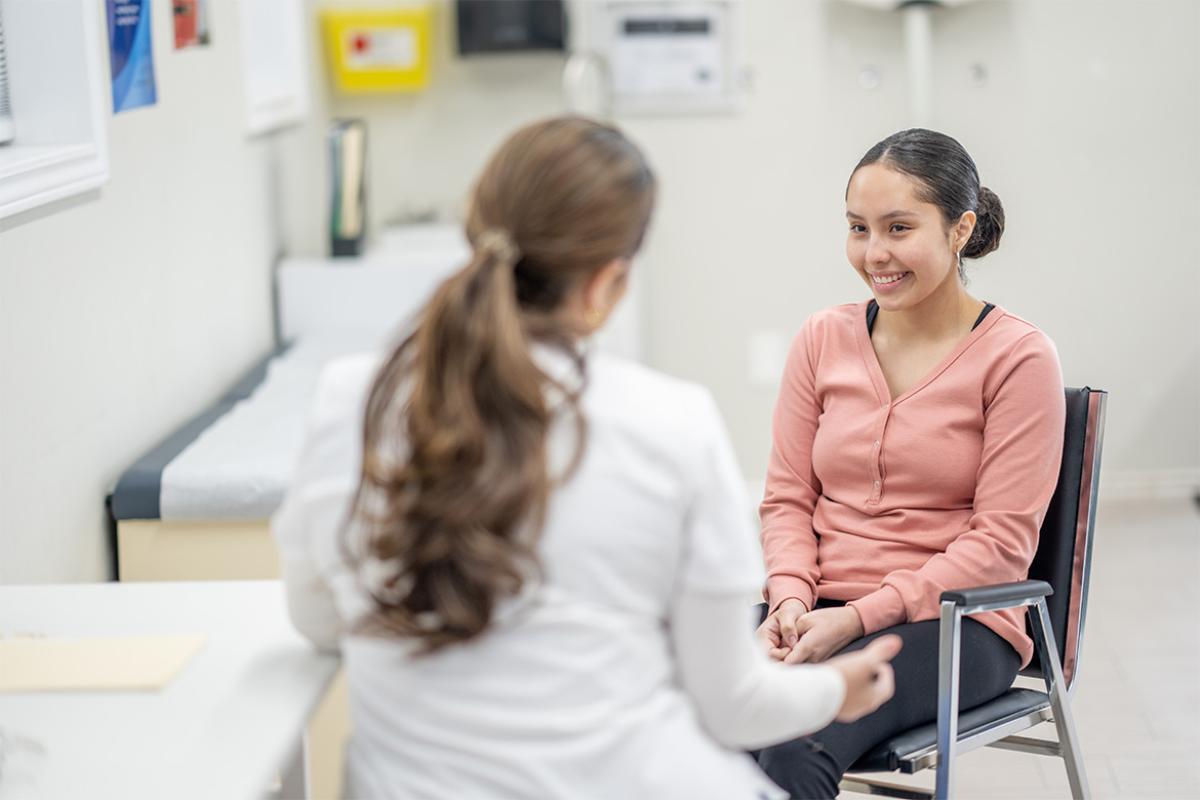If you’re preparing for the United States Medical Licensing Examination® (USMLE®) Step 2 exam, you might want to know which questions are most often missed by test-prep takers. Check out this example from Kaplan Medical, and read an expert explanation of the answer. Also check out all posts in this series.
A 53-year-old man is brought to the emergency department after a motor vehicle accident. He undergoes surgery for blunt abdominal trauma. The patient is found to have a perforation of the small bowel. He undergoes resection and anastomosis of the affected area. The patient has an uneventful postoperative course until the eighth postoperative day, when he develops a fever of 38.7°C (101.7°F). He is tolerating oral intake. Physical examination shows mild tenderness in the periumbilical area. The surgical wound is clean, dry, and intact. Laboratory studies show:
- Hemoglobin: 13 g/dL
- Hematocrit: 43%
- WBC: 12,400/mm3
- Segmented neutrophils: 85%
- Lymphocytes: 10%
- Basophils: 0.5%
- Monocytes: 1%
- Eosinophils: 3%
Blood and urine cultures are pending. Which of the following is the most appropriate next step in management?
A. Begin broad-spectrum antibiotics
B. CT scan of the abdomen and pelvis
C. Encourage use of incentive spirometer
D. Open the abdominal wound
E. Return to the OR for re-exploration
The correct answer is B.
Kaplan Medical explains why
Kaplan Medical explains why
CT scan of the abdomen and pelvis is the most appropriate diagnostic test for investigating intraperitoneal abscesses, which can cause fever after abdominal surgery on postoperative days 7-14.
Why the other answers are wrong
Why the other answers are wrong
Choice A. Broad-spectrum antibiotics should not be administered to an otherwise stable, healthy patient unless an infection is documented. Since there are non-infectious causes of fever, it is best to delay antibiotics to reduce risk of associated complications (e.g., Clostridium difficile colitis, increased risk of resistance).



